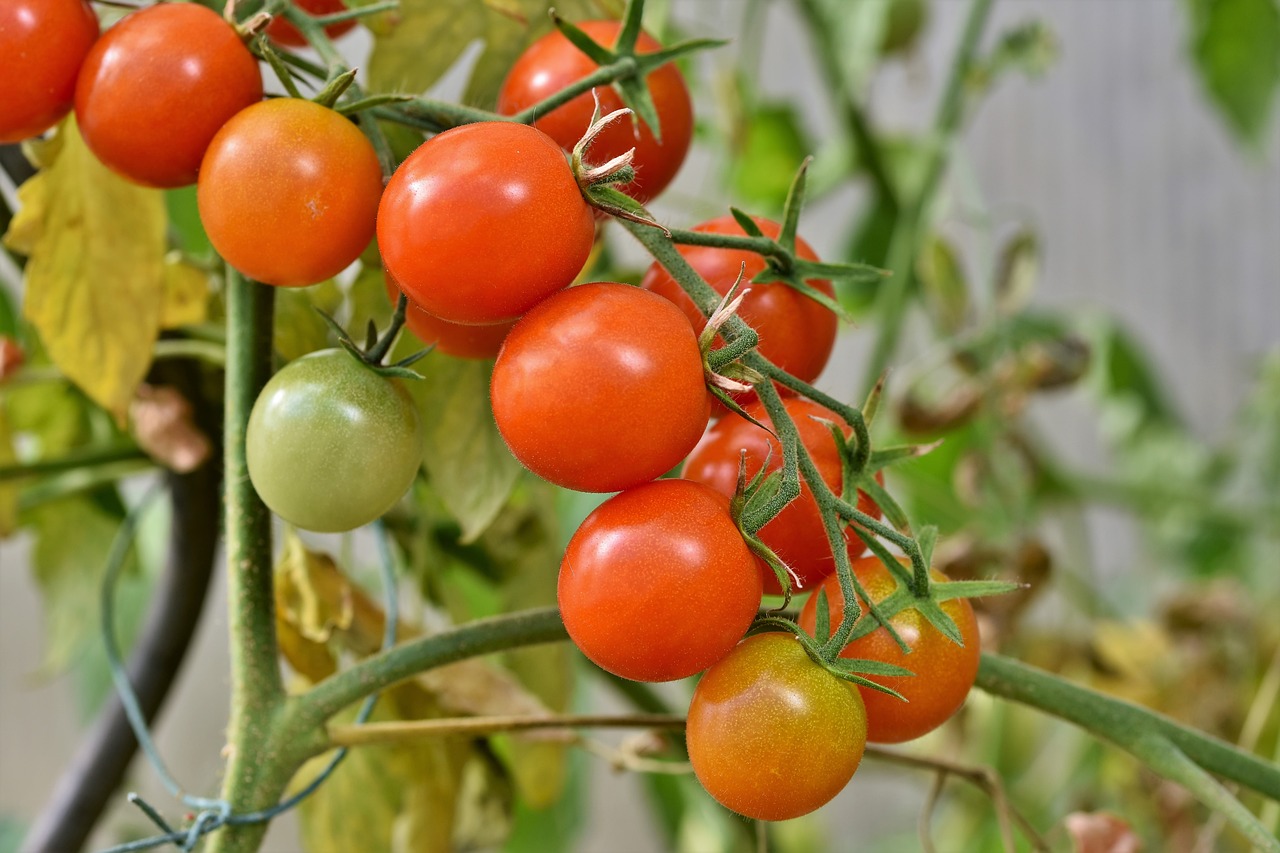Growing your own tomatoes is a rewarding experience, but have you ever wondered how to make them grow taller and healthier? While many gardeners focus on traditional methods of tomato cultivation, exploring vertical growth techniques can significantly enhance your tomato plants’ height and productivity. In this article, we’ll explore some effective strategies to encourage your tomatoes to reach for the sky and thrive like never before.
1. Choose the Right Tomato Varieties
Before diving into vertical gardening, it’s essential to select the right tomato varieties that are naturally inclined to grow tall. Look for indeterminate varieties, as they continuously produce new shoots and can grow throughout the entire growing season. Some popular indeterminate tomato varieties include “Big Beef,” “Cherokee Purple,” and “Sweet 100.”
2. Provide Sturdy Support Structures
Vertical tomato growth requires sturdy support structures to help the plants grow tall without toppling over. Install trellises, stakes, or cages to support the plants as they reach for greater heights. Ensure that the support is strong enough to withstand the weight of the growing tomatoes and the stress of wind and weather.
3. Prune and Train for Height
Pruning and training your tomato plants are vital steps in encouraging vertical growth. Remove the suckers (side shoots) that form in the leaf axils regularly. By doing so, you divert the plant’s energy into the main stem, promoting upward growth. Additionally, tie the main stem gently to the support structure, guiding it upwards as it grows.
4. Adequate Sunlight
Tomatoes are sun-loving plants, and providing them with sufficient sunlight is crucial for robust vertical growth. Choose a sunny spot in your garden where the plants can receive at least 6 to 8 hours of direct sunlight daily. Insufficient light may lead to weak and spindly growth.
5. Regular Watering and Fertilization
Consistent watering is essential for healthy tomato plants, especially when you’re encouraging them to grow tall. Keep the soil consistently moist but not waterlogged. Additionally, feed your tomato plants with a balanced fertilizer to provide them with the necessary nutrients for vigorous growth.
6. Mulching
Mulching around the base of the tomato plants helps retain soil moisture, regulates soil temperature, and prevents weed growth. This creates a favorable environment for the roots to thrive and support the plant’s upward growth.
7. Consider Hydroponics
For the adventurous gardener, hydroponics offers an innovative way to grow tall and healthy tomatoes. Hydroponic systems provide a controlled environment where the plants receive a balanced mix of water and nutrients, resulting in accelerated growth and increased yields.
8. Regular Maintenance
Regularly inspect your tomato plants for any signs of pests, diseases, or nutrient deficiencies. Early intervention can prevent potential setbacks and ensure your tomatoes continue to grow tall and strong.
Conclusion
With these top techniques for vertical tomato growth, you can take your gardening skills to new heights – quite literally! By choosing the right varieties, providing sturdy support, pruning, and ensuring proper sunlight, water, and nutrients, your tomatoes will grow tall and productive. Experiment with these strategies, and enjoy the sight of your magnificent, towering tomato plants gracing your garden. Happy gardening!
FAQs (Frequently Asked Questions)
1. Can all tomato varieties be grown vertically?
While most tomato varieties can be grown vertically to some extent, it’s essential to choose the right ones for optimal results. Indeterminate varieties, which continuously produce new shoots and can grow throughout the season, are best suited for vertical growth. They have a natural tendency to grow tall, making them ideal candidates for trellises, stakes, or cages. Determinate varieties, on the other hand, are more compact and tend to stop growing once they set fruit, making them less suitable for vertical gardening.
2. Do I need any special equipment for vertical tomato gardening?
Vertical tomato gardening doesn’t require elaborate equipment, but a few essential items will aid in the process. Sturdy trellises, stakes, or cages are necessary to provide support for the plants as they grow. Garden twine or soft ties are useful for gently tying the main stem to the support structure. Additionally, if you choose to explore hydroponic vertical gardening, you’ll need a basic hydroponic system that supplies water and nutrients to the plants.
3. How do I prune tomato plants for vertical growth?
Pruning is a crucial step in encouraging vertical growth in tomato plants. To prune your tomato plants, regularly inspect the leaf axils for suckers, which are new shoots that develop between the main stem and the branches. Pinch off these suckers when they are small and tender to divert the plant’s energy into the main stem. By doing so, you’ll encourage the plant to grow taller rather than bushier. However, be cautious not to over-prune, as some branches may be necessary for providing support to the developing fruit. Regular pruning, combined with proper training, will help your tomatoes grow tall and strong.

Leave a Reply